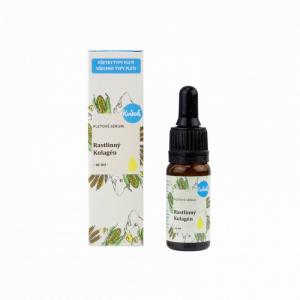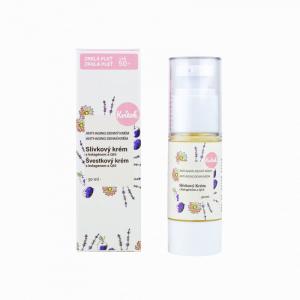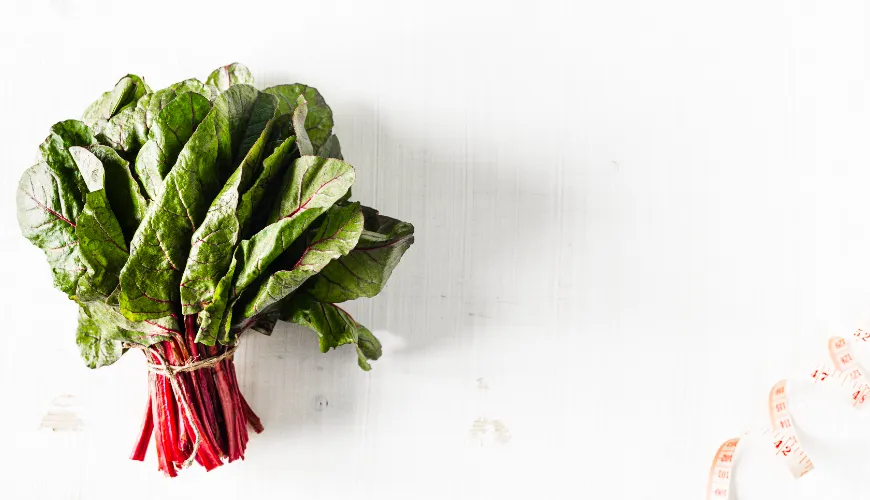
What benefits do sugar-free jelly candies offer for your health

Sweet Without Guilt - Why Sugar-Free Gummy Candies Are Becoming an Increasingly Popular Choice
At first glance, they look like classic candies that most of us associate with childhood, colorful bags, and sticky fingers. However, these sweets are gaining popularity for entirely different reasons. Sugar-free gummy candies have become a small revolution in the world of sweets – and not just among those who watch their sugar intake. This is driven by a global trend towards a healthier lifestyle, greater awareness of sugar's impact on the body, and the desire to indulge without guilt.
Sugar-Free Gummies - A Sweet Treat That Doesn't Burden the Body
Sugar is often considered a silent culprit of many health issues – from obesity to tooth decay to insulin resistance. As a result, more people are turning to alternatives that offer sweet flavors without negative effects. This is where sugar-free gummy candies come into play, often sweetened with natural substitutes like stevia.
Stevia is a plant-based sweetener with virtually zero glycemic index and no calories. It is a popular choice not only among diabetics but also among people trying to reduce sugar in their diet or following low-carb diets. Sugar-free gummy bears sweetened with stevia are thus becoming the ideal sweet treat – they sweeten your day without causing blood sugar spikes.
Moreover, these aren't just substitutes that vaguely resemble the original taste. Modern technology and carefully selected ingredients ensure that the taste of these candies is surprisingly authentic. Many people don't even notice the absence of regular sugar. A candy remains a candy – just without the guilt.
Homemade Sugar-Free Gummies? Nothing Easier
One reason why sugar-free gummies are winning the hearts of many fans is their relatively simple preparation. Homemade sugar-free gummy candies can be made by anyone – all it takes is a few basic ingredients and a bit of patience.
A typical base includes gelatin or a plant-based alternative like agar, natural fruit juice, and a sweetener like stevia, erythritol, or xylitol. The advantage of homemade production is full control over the ingredients – no artificial colors, preservatives, or dubious flavorings. Just pure components that we know. Snacking becomes not only healthier but also more fun.
An example recipe for sugar-free gummy bears: mix red fruit juice with a bit of lemon, heat with agar powder or gelatin, sweeten with stevia to taste, and fill silicone molds. After a few hours of chilling in the fridge, you're done. So simple – and yet so tasty.
Experienced home cooks often add supplements like vitamin C or collagen, turning the candies into not only a treat but also functional nutrition for skin and joints. Who would have thought that about gummy bears?
Try our natural products
Sweets for Kids and Adults
One of the most notable benefits of sugar-free gummies is their suitability for children. In a time when children's teeth are threatened by excess sugar and childhood obesity is becoming an alarming issue, every healthier alternative is welcome. Sugar-free gummy candies allow children to indulge without parents feeling guilty.
Sugar-free candies are also popular among adults – especially those trying to live healthily, exercise, or follow various diets. They are handy in the office as a small reward during work or as a discreet treat while traveling. Since their composition doesn't cause rapid energy fluctuations, they are also a better choice for trips where energy stability is key.
For instance, Martina, a mother of two young children and a fitness trainer, admits: "I searched for a long time for something I could give my kids on trips or to school without worrying about sugar content. Ever since we discovered sugar-free gummies, I pack them for myself too."
The Market Grows – and So Does Quality
Initially, sugar-free gummies were mainly the domain of specialized health food stores. Today, they can be commonly found in supermarkets and online stores focused on sustainability and a healthy lifestyle. The offer has expanded – in addition to classic bears, there are hearts, slices, fruit variants, or gummies with vitamins.
With growing demand, the pressure on quality also increases. Manufacturers more frequently use natural flavors and colors derived from fruits, vegetables, or herbs, adding extracts from acerola, spirulina, or turmeric to the candies. Paradoxically, the candy becomes a "superfood."
For environmentally conscious consumers, it is also important where the individual ingredients come from and their impact on the planet. Sugar-free gummy bears today are often vegan, packaged in recyclable materials, and emphasize the sustainability of the entire production process. For customers, they are not only tasty but ethically more acceptable.
Are They Really Healthy?
It's fair to admit that no sweet – even sugar-free – should form the basis of a diet. But if the craving for something sweet prevails, sugar-free gummy candies are certainly a better choice than classic variants full of glucose-fructose syrup and artificial additives.
Their biggest advantage is that they don't contain regular refined sugar, they are often low-calorie, and they don't affect insulin levels. Because of this, they are suitable for diabetics or those trying to lose weight. Additionally, they can easily be included in various dietary regimes – whether it's keto, paleo, or low-carb.
According to nutrition specialists, the ideal approach is to treat them as a "better indulgence." Occasional snacking that leaves no consequences. And in this regard, sugar-free gummies excel – they taste good and don't burden you.
What's Next?
Given the growing interest in healthy thinking, it's likely that we'll encounter these sweets more and more often. Especially when the effort to reduce sugar, sustainability, and the desire for traditional flavors combine.
Whether you reach for ready-made sugar-free gummy candies or decide to make your own homemade gummy bears, one thing is certain – sweet indulgence no longer has to mean guilt. And perhaps the biggest shifts lie in the smallest changes to our diet.




